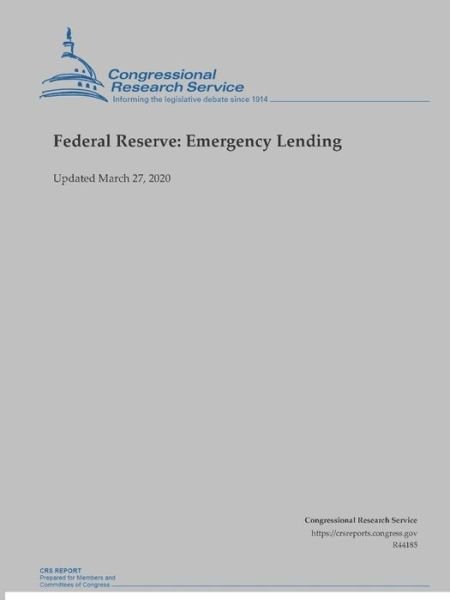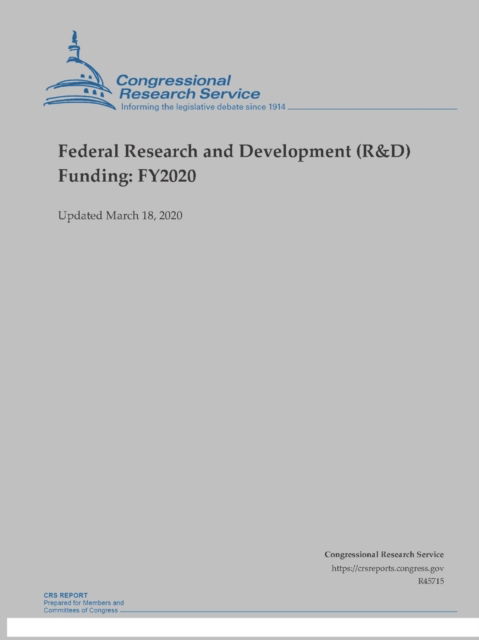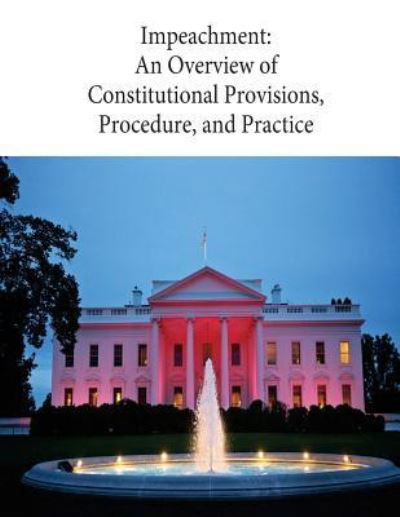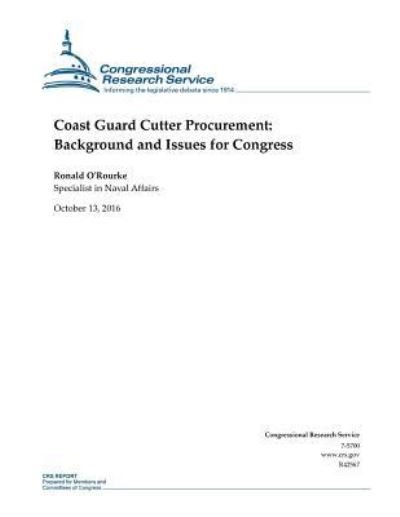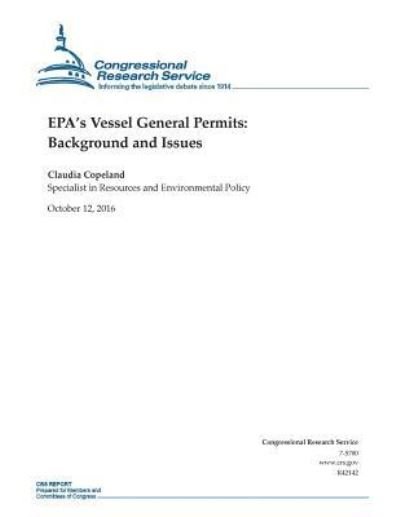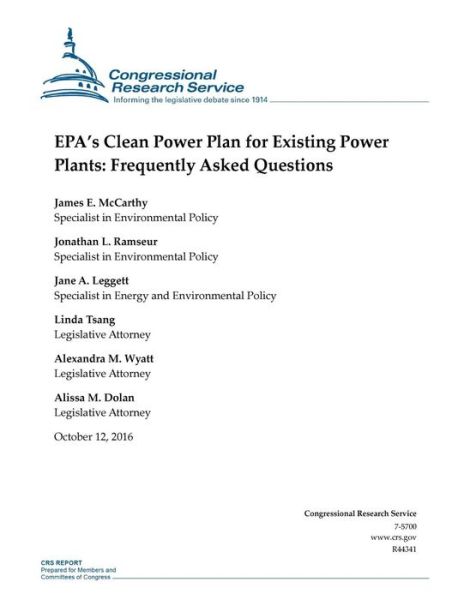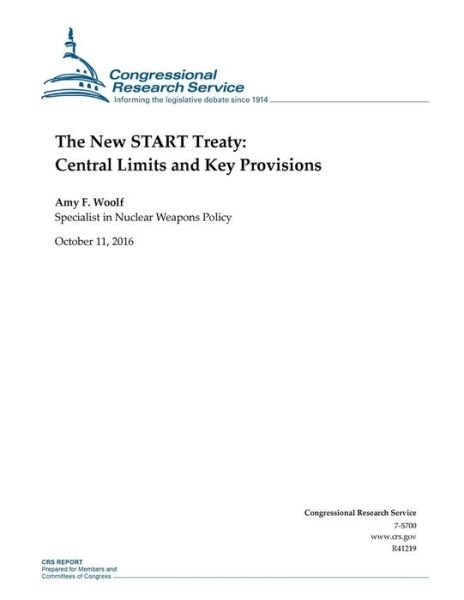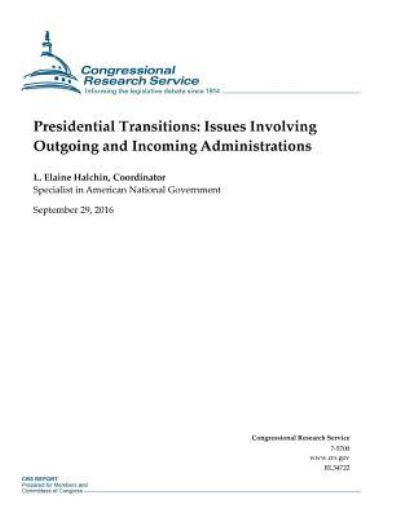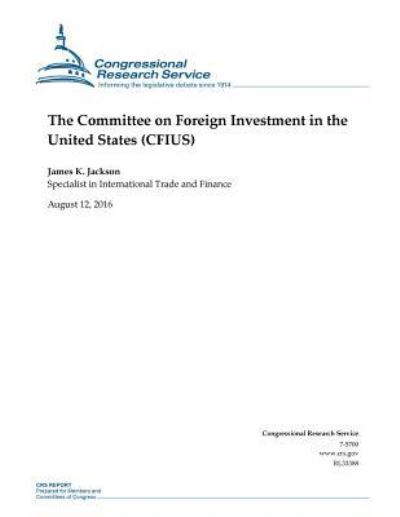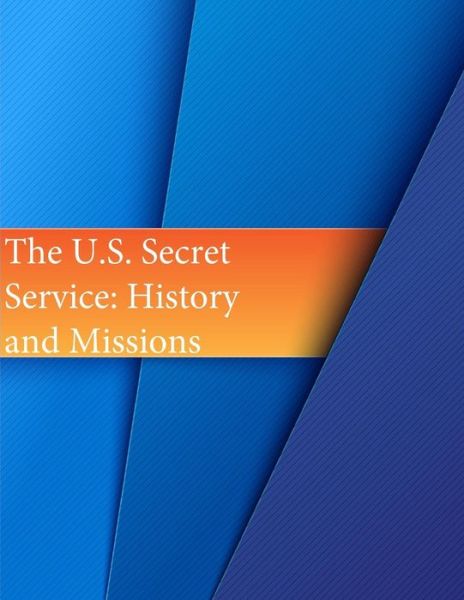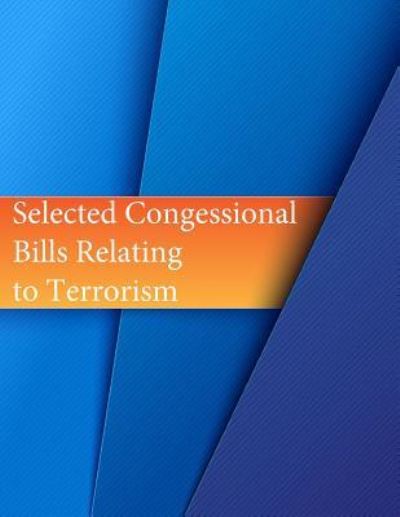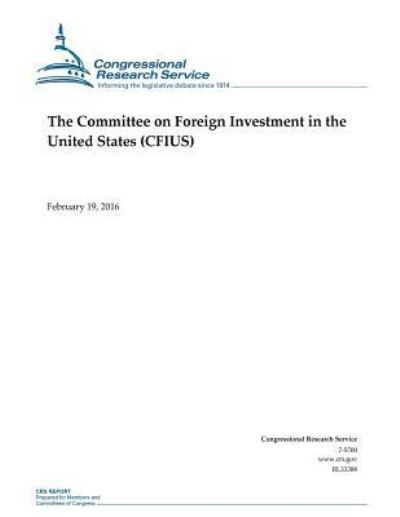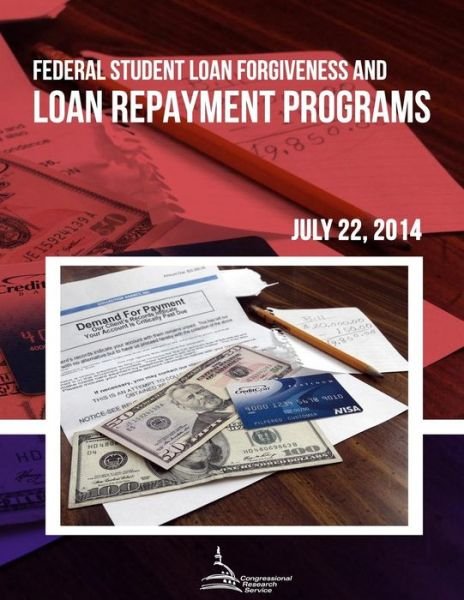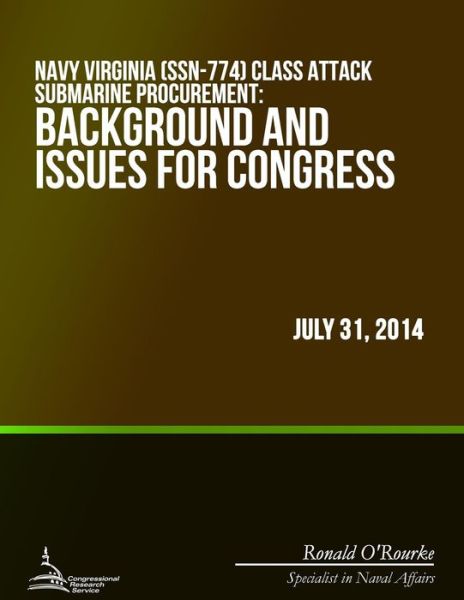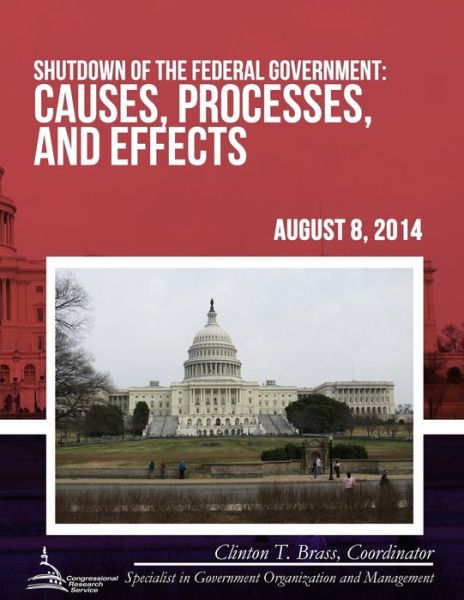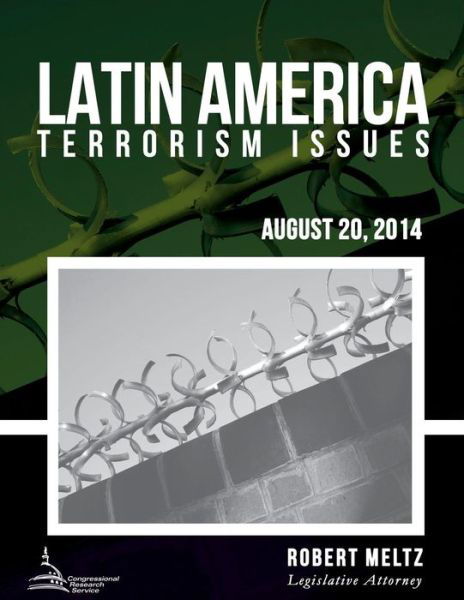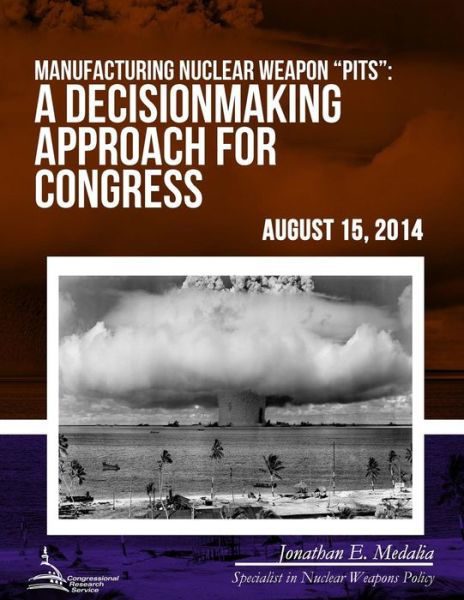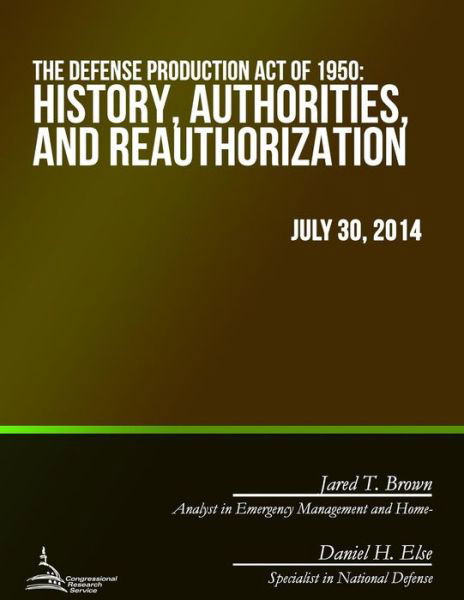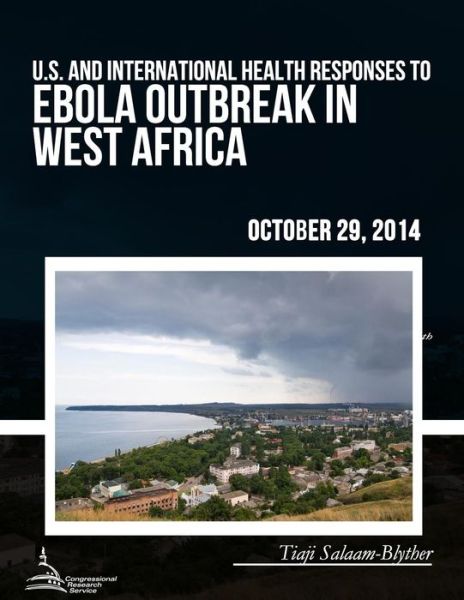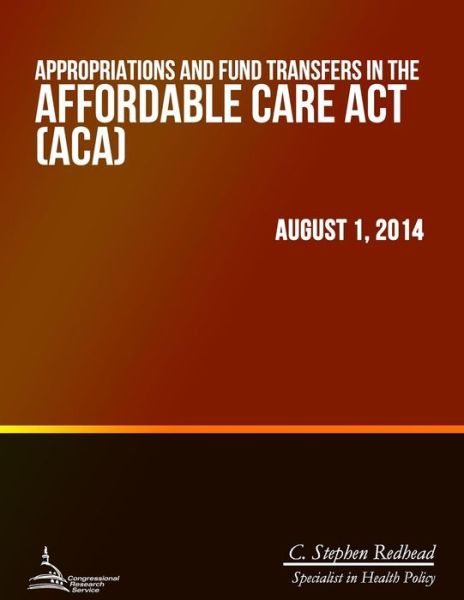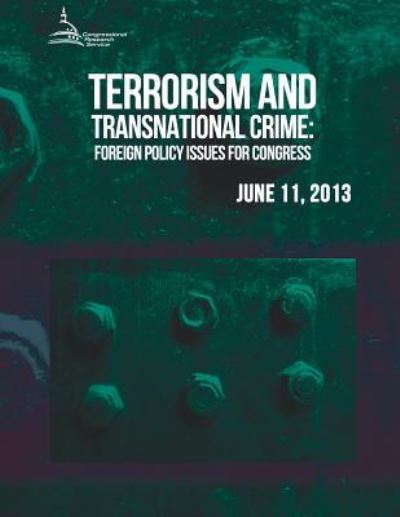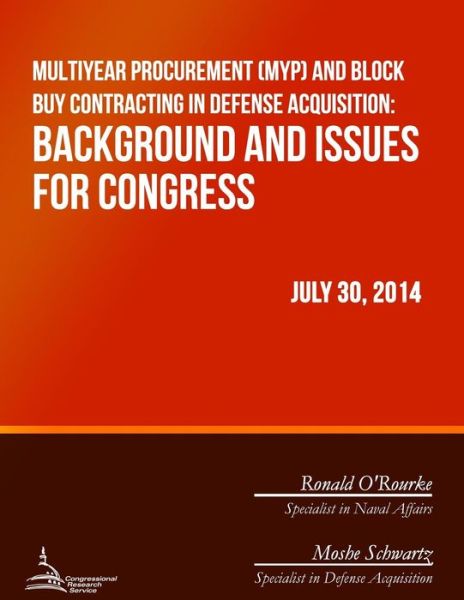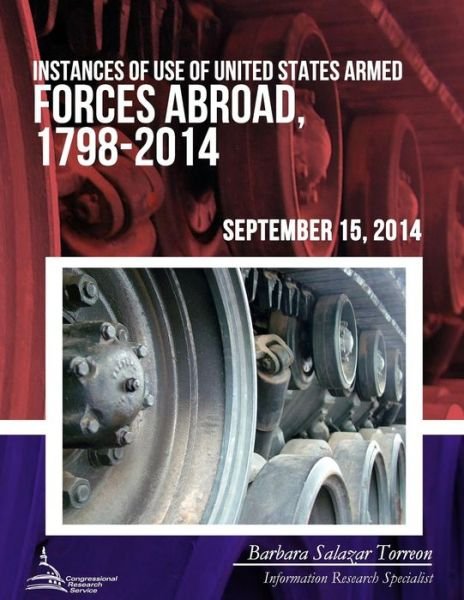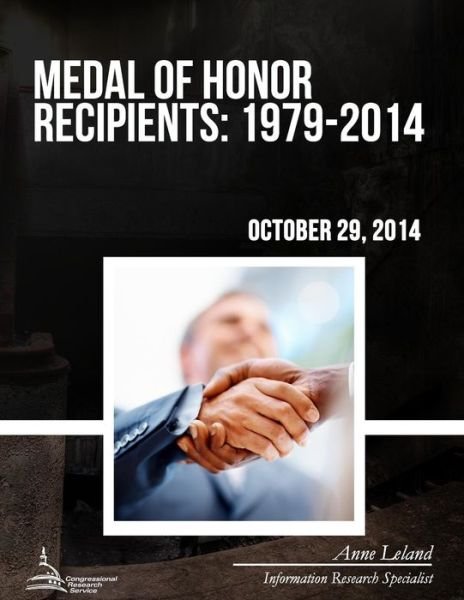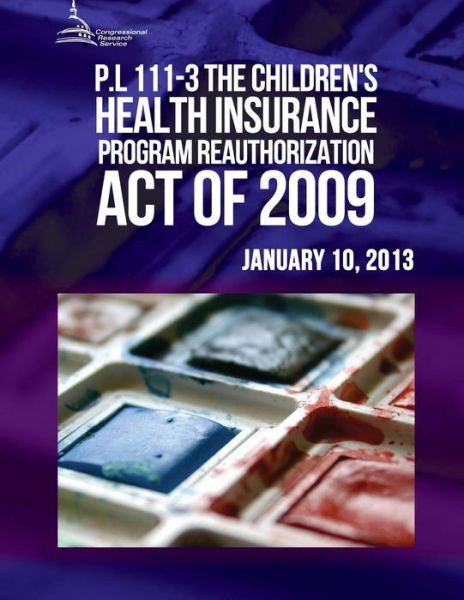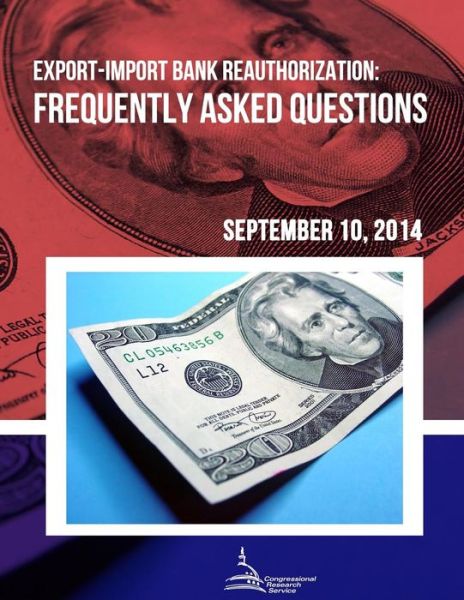
Tell your friends about this item:
Chesapeake Bay Restoration
Congressional Research Service
Chesapeake Bay Restoration
Congressional Research Service
The Chesapeake Bay (the Bay) is the largest estuary in the United States. It is recognized as a "Wetlands of International Importance" by the Ramsar Convention, a 1971 treaty about the increasing loss and degradation of wetland habitat for migratory waterbirds. The Chesapeake Bay estuary resides in a more than 64,000-square-mile watershed that extends across parts of Delaware, Maryland, New York, Pennsylvania, Virginia, West Virginia, and the District of Columbia. The Bay's watershed is home to more than 18 million people and thousands of species of plants and animals. A combination of factors has caused the ecosystem functions and natural habitat of the Chesapeake Bay and its watershed to deteriorate over time. These factors include centuries of land-use changes, increased sediment loads and nutrient pollution, overfishing and overharvesting, the introduction of invasive species, and the spread of toxic contaminants. In response, the Bay has experienced reductions in economically important fisheries, such as oysters and crabs; the loss of habitat, such as underwater vegetation and sea grass; annual dead zones, as nutrient-driven algal blooms die and decompose; and potential impacts to tourism, recreation, and real estate values. Congress began to address ecosystem degradation in the Chesapeake Bay in 1965, when it authorized the first wide-scale study of water resources of the Bay. Since then, federal restoration activities, conducted by multiple agencies, have focused on reducing pollution entering the Chesapeake Bay, restoring habitat, managing fisheries, protecting sub-watersheds within the larger Bay watershed, and fostering public access and stewardship of the Bay. Congress has authorized various programs and activities to restore the Chesapeake Bay, including the Chesapeake Bay Program (CBP), created in 1983. The CBP implements the Chesapeake Bay Agreement, a periodically renewed agreement between executives in the watershed states, a joint Bay state legislative body, and select federal agencies that aims to coordinate Bay restoration efforts. The most recent agreement was signed in 2014 (known as the 2014 Chesapeake Bay Watershed Agreement) and set a series of restoration goals and actions to be completed by 2025. The 2014 Chesapeake Bay Watershed Agreement, like others in the past, is not binding. Other restoration plans-including the 2010 Chesapeake Bay Strategy for Protecting and Restoring the Chesapeake Bay Watershed (pursuant to President Obama's 2009 Executive Order 13508), the U. S. Environmental Protection Agency's 2010 Chesapeake Bay Total Maximum Daily Load, and a draft Comprehensive Plan from the U. S. Army Corps of Engineers-harmonize with the goals of the 2014 Chesapeake Bay Watershed Agreement and contain objectives for federal agencies and states. As work continues toward the 2025 restoration goals set by state and federal plans, Congress may consider what role the federal government plays in Chesapeake Bay restoration, if any. In considering the federal role in Chesapeake Bay restoration, Congress may weigh issues related to coordination of federal activities and federal agency authority, funding and total cost of activities, and the rate of progress toward restoration.
| Media | Books Paperback Book (Book with soft cover and glued back) |
| Released | August 20, 2018 |
| ISBN13 | 9781725875661 |
| Publishers | Createspace Independent Publishing Platf |
| Pages | 38 |
| Dimensions | 216 × 279 × 2 mm · 113 g |
| Language | English |
More by Congressional Research Service
See all of Congressional Research Service ( e.g. Paperback Book and Book )

 Christmas presents can be returned until 31 January
Christmas presents can be returned until 31 January


